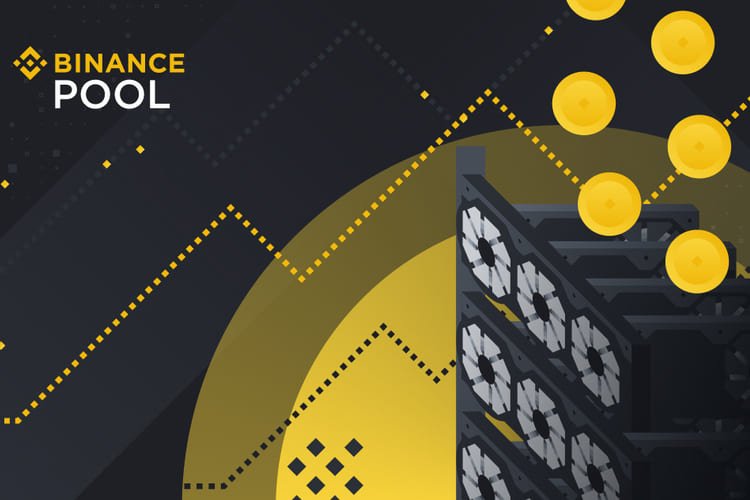

The BNB token itself has multiple uses, essentially being the underlying gas that powers the Binance ecosystem.

Every buy-back transaction conducted by Binance is announced via the blockchain for transparency. Binance has stated that it will use 20% of its profits from every quarter to buy back and burn BNB until the supply of the coin is 50% of the original amount (100 million BNB). The benefit is that it increases the value of the remaining coins left in circulation. Burning coins means taking them out of circulation and permanently destroying them. The token was established with a total supply of 200 million, and a key influence on BNB’s value is Binance’s strategy to buy back a percentage of the coins and ‘burn’ them. Holders of the BNB coin are referred to as Binancians.Īccording to Binance’s whitepaper, half the funds raised during the ICO were earmarked for branding and marketing, one-third were used to build the Binance platform and perform necessary upgrades to the Binance ecosystem, and 15% were kept in reserve for emergencies. During the ICO process, the company offered 10% of the total number of coins (BNB 20 million) to angel investors, 40% (BNB 80 million) to the founding team, and the remaining 50% (BNB 100 million) to other participants. In July 2017, Binance held an Initial Coin Offering (ICO) for BNB which helped it to raise $15 million. It is classified as a utility token and can be used on the Binance exchange. The coin runs natively on the Ethereum blockchain and follows the ERC20 technical token standard. According to the CEO, such implementation would enhance services like Binance Pay and various wallet offerings.Binance Coin (BNB) is a cryptocurrency issued by the popular trading platform Binance. While CZ did not provide a specific date for implementation, he noted that Binance’s team has extensively researched the Lightning Network and aims to support it in the future.ĬZ expressed his belief that all exchanges will eventually have to embrace the Lightning Network to avail of its benefits, such as cost savings and faster transactions. He hinted that initial implementation might focus on enabling Lightning Network transactions for small amounts. CZ mentioned that the Binance team is actively working on solutions but emphasized the need to consider the security aspects involved carefully. However, implementing the Lightning Network poses distinct security challenges, as pre-generating addresses are not feasible. Zhao explained that Binance employs a secure wallet infrastructure where addresses are pre-generated in a protected environment before being exported to the production environment. Regarding the Lightning Network, a participant in the Twitter Spaces session inquired about when Binance would implement it on its exchanges. Consequently, Binance will not be involved in mining operations, focusing instead on its core strengths. The CEO emphasized that while Binance does not possess the necessary expertise in the area and other players have a competitive advantage. He acknowledged that mining is a distinct sector in the industry with its own unique considerations and complexities, primarily revolving around hardware infrastructure. Zhao firmly stated that Binance has no intentions of dabbling in the complex world of Bitcoin mining hardware. He admitted the sector’s complexities and the competitive advantages of others.ĭuring a recent Ask Me Anything (AMA) session, Binance CEO Changpeng Zhao (CZ) sent shockwaves through the crypto community, making bold declarations that sent ripples through the mining and transaction sectors.The CEO said Binance would not engage in Bitcoin mining.Binance CEO believes Lightning Network adoption is essential for all exchanges.


 0 kommentar(er)
0 kommentar(er)
